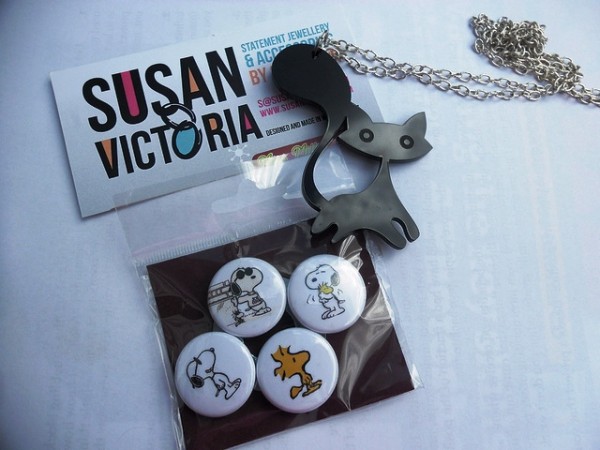Number of Children Swallowing Tiny Magnets in Toys Triples in the Last Five Years: Study

Hospitalization of children from injuries due to swallowing of tiny magnetic parts of toys has tripled in the last five years, according to a study.
Many toys and accessories sold in the markets pose a danger to the lives of children and toddlers who accidentally swallow its tiny and strong magnet parts. Experts at the University of Toronto caution parents that care givers and children too must be made aware of the health hazards of ingesting magnets. The manufacturers are also required to carry warnings against swallowing hazard. Their study examined 2,700 medical and hospitalization records on magnet ingestion and related injuries in children younger than 18 between 2002 and 2012 in the Hospital for Sick Children in Toronto.
The analysis revealed 94 cases of magnet ingestion of which 30 children were reported swallowing more than one magnet. The researchers individually studied the trends of magnet related injury in 2002 to 2009 and 2010 to 2012. It was observed that overall magnet ingestion increased by three times with the introduction of small and round magnetic sets like fake piercings in 2009. Furthermore, the study recorded 10 times rise in the number of incidence involving multiple magnet ingestions after 2009.
The size of the magnets that were reportedly swallowed by children was 70 percent smaller than those that were present in toys and novelty items sold before 2009.
With the inclusion of smaller, spherical magnets in children's toys, we are seeing an increased number of visits to the hospital for surgeries to remove them from the gastrointestinal tract," said Matt Strickland, study author and a general surgery resident at Hospital for Sick Children.
"Today's magnets are also 20 times more powerful than older magnets, with the potential to cause more damage," reports the Live Science.
Majority of children who had consumed magnets suffered digestive tract injuries due to tear in the stomach, small bowel and colon. In some the doctors had to surgically remove small parts of the intestine damaged by the magnets. Once swallowed, the internal injuries and severe damages cannot be detected unless the children undergo an X-ray.
"With the smaller magnets, children tend to ingest multiple pieces, which can adhere to one another as they travel through the bowel," Strickland said. "They can also attract other magnets in the gastrointestinal tract and tear a hole in the bowel, reports the Live Science.
More information is available online in the journal Pediatrics.
May 18, 2014 12:30 PM EDT





